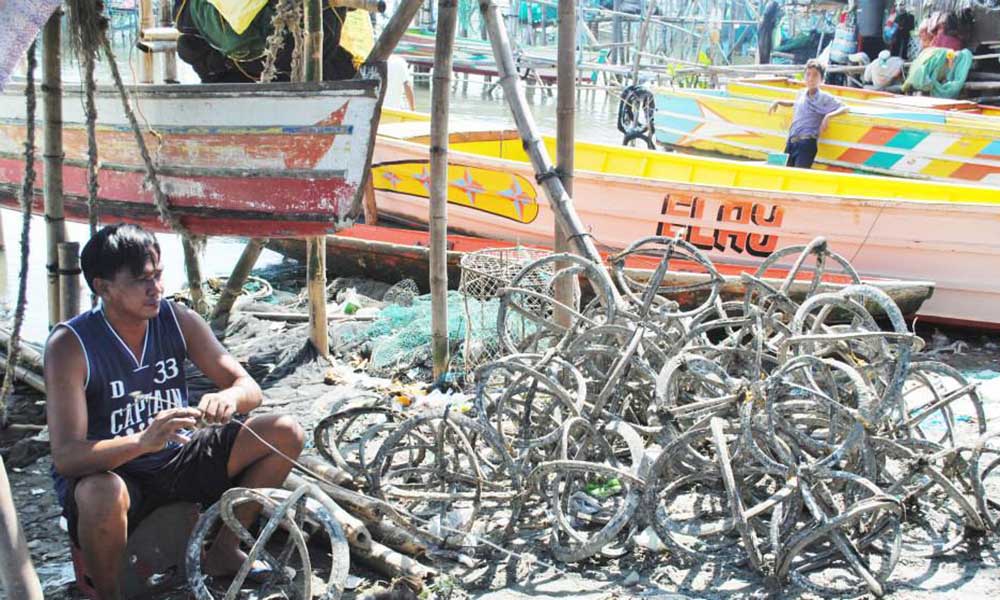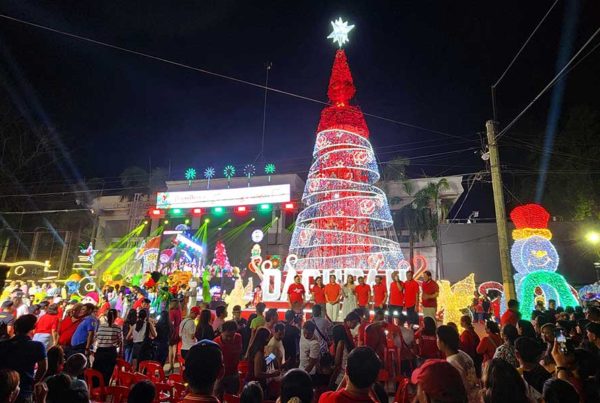
The romance of Kusot and Talaba

By Rex Catubig
IT was the mid ‘70s: the height of flower power, make love not war, and the iconic peace sign. It was my first trip to good ol’ USA, it was summer, and there was much more to see and experience than the must-visit recreation parks.
Luck stacked in my favor since my sis-in-law had an interior designer cousin who lived in that neck of the woods, the far-flung Mission Viejo in Orange County, California.
 She and her architect husband hosted me for a week and took turns in showing me around– the long stretch of orange groves in the back roads, Mission San Juan Capistrano, Laguna Beach, the all-wood Westside Mall and other picturesque places. But the one that really struck me most was a modest, rustic art fair nestled in a canyon.
She and her architect husband hosted me for a week and took turns in showing me around– the long stretch of orange groves in the back roads, Mission San Juan Capistrano, Laguna Beach, the all-wood Westside Mall and other picturesque places. But the one that really struck me most was a modest, rustic art fair nestled in a canyon.
It was called the Sawdust Festival in Laguna Canyon–and the bucolic setting had a narrow winding pathway lined with Eucalyptus trees and bordered on either side by quaint booths. The ground was strewn with sawdust and shavings which swished, swooshed and swirled as you walked by. Folk crafts abound– necklaces and bangles, charms, and chimes, painting and pottery and glass blowing.
The pocket place breathed with creative spirit. It boggled my mind and could only liken it to an LSD trip that was the definitive high of the time. But its subsequent success has made it citified, with the walkways paved, losing the vibe of the rustle of wood shavings beneath one’s feet, and the emotion it stirred. Meanwhile, the $25 cents entrance fee is but a memory of long ago and now tears a hole in the pocket with its $9 price tag.
Still, that singular sentimental experience–the rusticity and simplicity of life it evoked–remains priceless. A treasure of the heart.
It haunts me to this day as it brings to mind a neighboring enclave in barrio Calmay where I grew up. More recently, its memory is awakened by the City Mayor’s visit to a Thailand oyster farm.
Our yard fence served as a demarcation between Calmay Central and Calmay Norte. Behind this parameter was the sitio simply referred to as Iloko, where the main occupation of the all-Ilokano demographic centered on oysters. 
Bounded by the river tributary and by fishponds, the narrow pathways in Iloko were mud dikes, dumped with layers of discarded oyster shells. As you walked, they would crack and crackle under the weight of every step you took.
I had always imagined a village like that—where the local Talaba culture could be put on touristy display: from the making of the contraption where oysters cling and grow, the diving for oysters by sea-bleached haired divers, and the skilled shucking of oysters by the womenfolk who set them in thick drinking glasses or tin “gatang”, ready for sale.
And imagine garita stalls with bamboo-slat tables and bangko benches, where fresh oysters could be had for a song for pulutan as one gulps down a bottle of beer.
The strong saline stench of the shells lingers, that is the organic ambiance. Trust that the prismatic panorama of the sunset yonder would swathe and soften the smell—until only the delicate memory of the moment pervades the quaint surrounding and fill the fragile air
That’s my oyster romance.










